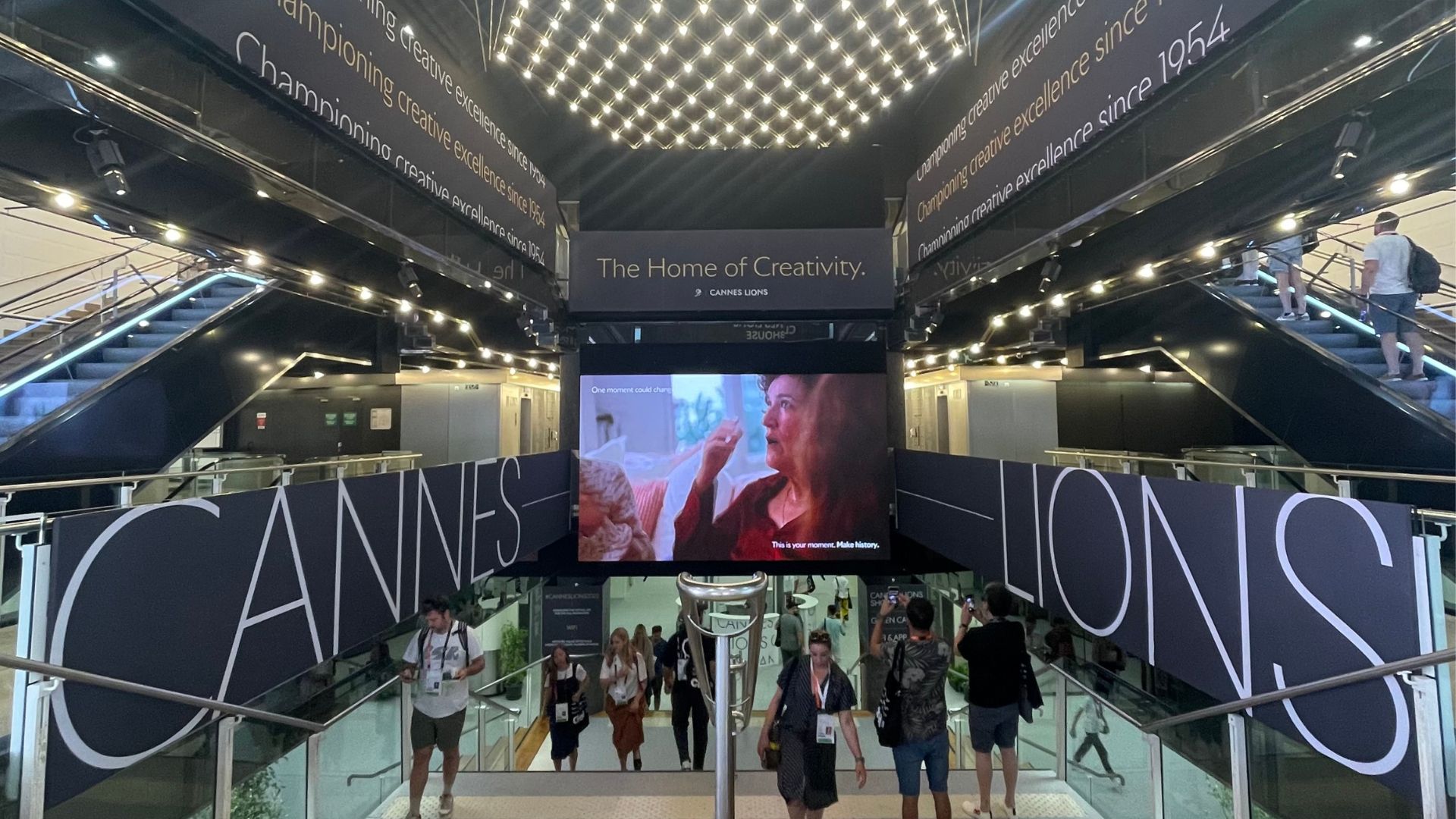This post originally appeared in Perspectives, Ketchum’s online magazine.
In one word: communications.
Of course, no one thing alone can set the stage for an environment where people feel motivated, empowered and inspired to think about a problem a company or a product in a different way. It takes a critical mass of factors to bring a creative culture to life. But for virtually any strategy an organization pursues to promote creativity, communications can be the catalyst.
Here are 10 tried and true ways to stimulate creativity inside organizations with a focus on how the communications functions, in particular, can help.
- Champion creativity at the C-suite level. There is a growing realization from the C-suite that fostering creativity is good business. Corporate communications departments can take the lead in helping senior leaders deliver the message to employees that the company welcomes their ideas. A place to start might be using employee meetings, videos or internal blog posts to share stories about what inspires top executives to be creative.
- Tap ideas from all ranks. A good idea can come from anywhere within an organization, whether it’s a marketing executive with regular access to the C-suite or a factory worker in a far-flung location. The challenge is capturing those ideas. Communications can create the tools and channels for employees to exchange ideas with one another or share them with management – no matter where an employee sits in the organization. Such tools might include an internal chat room or a dedicated e-mail address.
- Dedicate time and give permission to fail. Time is essential to creativity. Yet, in the current economy, employees are being asked to do more with less, leaving little time for deliberate exercises in creativity. Managers looking for great ideas must understand that they probably cannot get creativity “on demand.” Creative ideas need time to gestate. When those ideas do come, it’s also important to accept that there will be 10 bad ideas for every good one. Communications professionals can play a critical role in helping to frame messages around failure and risk taking. The right messaging can help cultivate a culture that celebrates failures by recognizing that each one offers a lesson that can help move the organization forward. For example, the technology industry often weeds out unsuccessful ideas through what it calls “beta testing.” The messaging behind the term is brilliant; it lets creative thinkers know their ideas will be given a shot and that they won’t be stigmatized.
- Reward risk taking. Employees who suggest new ways of doing things are bound to meet resistance. And even if co-workers embrace an idea, there is the risk of failing in execution. Organizations can counter both these situations by rewarding employees who present creative ideas despite the risk. Peer recognition can be just as important as financial incentives. Communications can help management develop signature programs or awards to recognize those who contribute and champion ideas.
- Collaborate and integrate. The typical organization is made up of multiple groups of employees with designated responsibilities. Bringing some of those groups together to share perspectives can produce insights that lead to the “next big thing.” For instance, moving the communications function closer to R&D might spark new ways to tell a company’s story to external stakeholders.
- Minimize hassles. Any sizable organization is bound to have some level of red tape. That could mean an employee might need to fill out multiple rounds of paperwork or complicated online forms just to share an idea. Communications should play a part in streamlining processes by making sure language is clear and easy to understand – and that employees don’t have to write or type out the same information in multiple formats and forms.
- Be open to diverse perspectives. Companies need to communicate that they are looking to recruit talent with diverse backgrounds. And they need to find a way to harness the voice of the customer to spur new ways of thinking. Communications can help with both.
- Seek stimuli beyond the cubicle. A short walk, a good book or a song lyric can all inspire new ideas. Communications managers should encourage their teams to get out of the office from time to time.
- Co-create with customers. Those who use a company’s products or services likely have the best ideas about how to improve them. Communications can help companies get better input from customers earlier in the process of development or change.
- Live it every day and in every way. The reason some companies succeed in creating a creative culture where others fail is because there is authenticity in their commitment. They focus on it every single day. And their success brings about more success. Creativity begets creativity.


